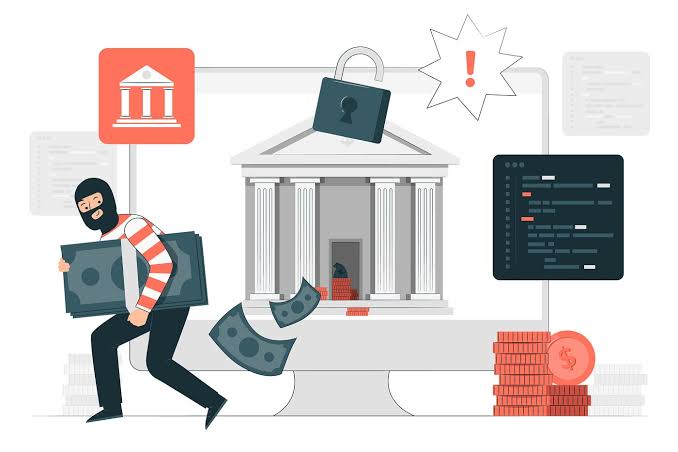#QuickBiteCompliance Day 145
Understanding Inherent Risk: How Financial Criminals Exploit Weak Points
Imagine your house has no locks, no alarms, and no fences. Before adding security, the risk of a break-in is at its highest. This is inherent risk—the level of danger before any safeguards are in place.
In financial crime, inherent risk comes from four big areas:
1️⃣ Customers – Fraudsters may use fake identities or shell companies to hide their true selves.
2️⃣ Products & Services – Some financial products, like prepaid cards or crypto, can be misused for money laundering.
3️⃣ Countries – High-risk countries with weak laws attract criminals looking for easy loopholes.
4️⃣ Delivery Channels – Online banking and ATMs can be exploited if not properly monitored.
How Criminals Take Advantage:
Imagine a scammer using a fake identity (high-risk customer) to open an account online (high-risk delivery channel). They then send money through multiple banks (high-risk service) to a country with weak financial regulations (high-risk country). If no one is watching, dirty money flows freely.
Financial institutions must assess inherent risk to understand where they’re most vulnerable before applying controls. The stronger the risk assessment, the harder it is for bad actors to slip through the cracks.
Let’s build #InclusiveRegtech and #OpenSourceAML solutions that make compliance smarter, not harder.
📚 Learn more: ACAMS AML Glossary
#100HariNulis #FinancialCrime #AML #RiskManagement #SanctionsCompliance

